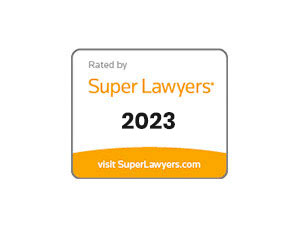
Car safety seats and booster seats can prevent your child from suffering serious injury if you are involved in a car accident. If properly used, a car seat can actually reduce your child’s injury risk by 71-82 percent, and a booster seat can cut that risk by 45 percent, according to the Centers for Disease Control and Prevention. However, if a car safety seat or booster seat is defective or improperly used, your child could be exposed to the risk of severe harm in an accident.
In particular, you need to pay attention to whether your child’s car seat or booster seat allows your child to “submarine.” In other words, can your child slip under the seat belt? If so, your child could break free in a collision. Upon impact, the child could potentially suffer injuries such as fractures, strangulation, traumatic brain injury or spinal cord injury.
Car Seat Safety Tips
As a parent, you need to make sure that your child is in the right car seat. It depends on the child’s age, height and weight. Generally, parents will use one of three types of seats:
- Rear-facing – The National Highway Traffic Safety Administration (NHTSA) suggests that you keep your child in this type of seat as long as possible. Most parents will use it until the child is age 3.
- Forward-facing – After your child outgrows a rear-facing seat, you can use this type of safety seat, which typically features a harness and tether at the top. The NHTSA states that the age range for this type of seat is 4-7.
- Booster seat – This type of seat raises your child in the back seat and should allow an adult lap and shoulder belt to snugly fit the child. Most people will use a booster seat while the child is between the ages of 8-12.
Regardless of what type of seat you use, you need to read the directions carefully. You also must install the seat according to the manufacturer’s instructions. Additionally, you need to pay attention to the manufacturer’s height and weight limits.
What Happens If My Car Seat Is Defective?
Unfortunately, due to faulty design or manufacturing, car safety seats can fail to work properly. For instance, the seat’s plastic shell may fracture, a buckle or latch may fail or the design may allow your child to “submarine.” In some cases, the manufacturer’s instructions or warnings may be inadequate. While many defective car seats are recalled, the reality is that many unsafe seats remain on the market.
If your child suffered injuries in a crash due to a defective car safety seat or booster seat, you may be eligible to pursue a product liability claim. Several parties in the “chain of manufacture” could potentially be liable, including:
- Manufacturer of the defective part
- Assembling manufacturer
- Wholesaler
- Retailer.
It is important to contact an experienced product liability attorney as soon as possible. The attorney can begin an immediate investigation of your case and explore all legal options available to you.
How Can Morris, King & Hodge, P.C., Help Me?
The defective product lawyers of Morris, King & Hodge, P.C., have the skill and resources necessary to aggressively pursue compensation on your behalf. If you believe that your child suffered injuries due to a defective car seat, contact us immediately for a free consultation.










